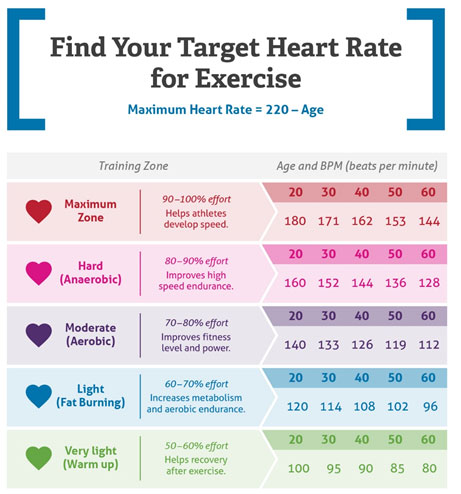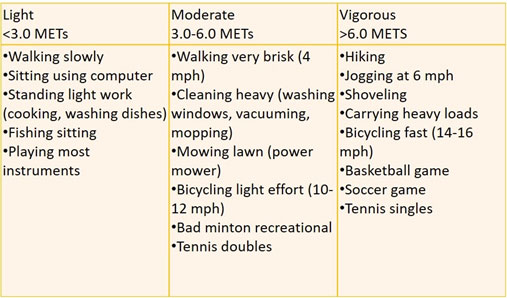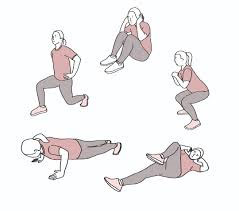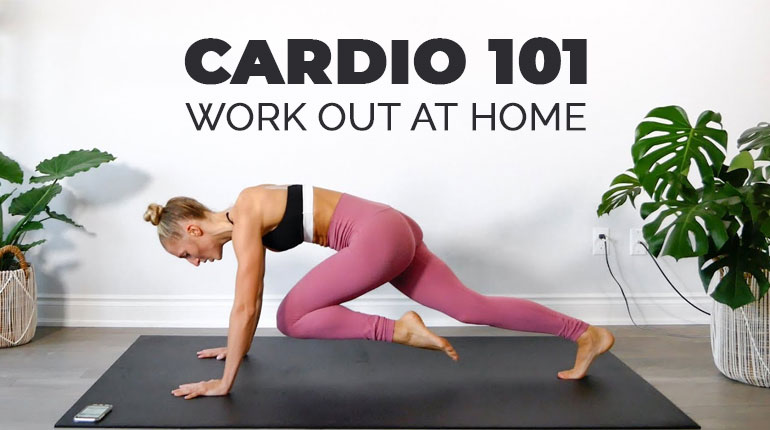Cardiovascular exercise raises your heart rate and breathing rate they are large muscle movement exercises that should be done over a period of time to keep your heart rate to at least 50%-60% of its maximum level.

Before starting you’re at the home cardio routine you need to take care of these techniques so that your workouts make the maximum impact. Cardio exercises are aimed at harmonizing three factors for maximum effectiveness and safety: How many times to do cardio, how hard to perform during cardio, and How long should be one cardio session. Including a warm-up is a necessary step to begin any exercise, it gets the blood flowing and starts our body for work out and at the end like any exercise routine, this also requires a cool-down stretch to help normalize your body.
1. How many times to do cardio - Cardio is tough, and it needs regularity to get better at, but it is recommended that one must do at least 150 minutes of moderate-intensity cardio or 75 minutes high-intensity workout through the week. That makes at least 20-25 minutes of low impact cardio daily and 10-15 minutes of high impact cardio. Do not overdo any workout and spread the sessions through the week to give your body necessary rest to repair and rejuvenate you can do these exercises 5 times a week.
2. What should be the intensity during cardio - At least 20 minutes in the 50%-60% of your maximum heart rate is recommended. Do not strain yourself too hard, if you are not able to keep up be consistent you will get better at it. You can take the talk test for determining the intensity
- ▪ Moderate activity - if you can talk but can't sing while doing an activity.
- ▪ Vigorous activity - if you can only say a few words while doing your activity.
- ▪ Exercising too hard - if you can't talk while doing your activity.
- ▪ Not exercising hard enough - if you can sing while doing your activity
 3. How long should be one cardio session – There is no rule of thumb by how much one should increase the cardio session try to master the amount of time you are doing now and it is safe to increase the session by 10% per week. We need to make sure that before we start increasing, we need to maintain the correct posture and form at all times, don’t be in a rush to increase the intensity start slow and gradually work your way up both in the amount of time and intensity.
3. How long should be one cardio session – There is no rule of thumb by how much one should increase the cardio session try to master the amount of time you are doing now and it is safe to increase the session by 10% per week. We need to make sure that before we start increasing, we need to maintain the correct posture and form at all times, don’t be in a rush to increase the intensity start slow and gradually work your way up both in the amount of time and intensity.
Benefits of Cardio Exercise
Now you know the key things to remember while performing cardio exercises, here is a list of reasons to convince you to add cardio in your daily routine
- ▪ Aid is weight loss and fat loss.
- ▪ Makes your heart strong so it doesn’t require as much effort to pump blood, as cardio strengthens muscles and heart is a muscle that needs to be well taken care of.
- ▪ It increases your endurance by strengthening your lungs.
- ▪ Reduces the risk of Heart attack, high Blood pressure, High Cholesterol, Diabetes
- ▪ It improves your mood, as the blood flow gives a nice bump to our hormones relieving stress and anxiety.
- ▪ After a good cardio workout, your body is tired thus helping it to sleep better and deeper
- ▪ It improves your physical appearance and boosts your confidence.
- ▪ It is a fun way to work out and get those calories burning.
Here is a list of best cardio exercises to incorporate in your daily life.
Walking – The easiest and the best way to start including cardio in your daily routine.

Running – This one is easy too but you need to take some precautions and don’t try to reach 5k in one day slowly and steadily increase your speed and distance.

High-Intensity Interval Training (HIIT) – Short intervals at maximum intensity followed by short periods of rest, one of the best full-body workouts that burn fat and to burn fat and calories.

Bike Riding or Cycling – Cycling engages the leg muscles thus building them and simultaneously burning those calories by increasing your heart rate.

Stair Climber – rather simple to understand, it engages more muscles than walking and the fun fact you can burn up to 100 calories in 10 minutes of continuous stair climbing.

Jumping Rope – Simple, and easy and burns calories like a boss.

Swimming –A total body workout but floating doesn’t count.

Rowing – Gives a good burn to the upper and lower body and sheds the fat.

Circuit Training – A set of exercises that are fast and intense and keep the heart rate elevated at all times.

Tips to Consider While Choosing Your Cardio Exercise
- 1. No cardio exercise is the best to choose what you like
- 2. Don’t do an exercise just because it burns more calories do something you enjoy and you’ll end up doing it for long enough to burn enough amount of calories
- 3. Pick something you can do for a good number of times a week, something you’ll look forward to each day that will make exercising enjoyable
- 4. Once you get in the routine and are easily doing the current set of exercises, it is time to increase the time or intensity or maybe try some new high-intensity cardio
- 5. Keep things simple please don’t over complicate things, don’t compete with anyone but yourself, and keep on improving you.
One must always remember that cardio is amazing but doing too much of anything is bad and that goes for this too. Just enjoy take rest days and it is okay to skip a day to relax and then get back up don’t overdo or there may be consequences on your body.
And the most important rule the first step to burning those calories and stubborn fat is just get up and get moving.
 India (INR)
India (INR)
 UAE (AED)
UAE (AED)
 Store Locator
Store Locator




 3. How long should be one cardio session – There is no rule of thumb by how much one should increase the cardio session try to master the amount of time you are doing now and it is safe to increase the session by 10% per week. We need to make sure that before we start increasing, we need to maintain the correct posture and form at all times, don’t be in a rush to increase the intensity start slow and gradually work your way up both in the amount of time and intensity.
3. How long should be one cardio session – There is no rule of thumb by how much one should increase the cardio session try to master the amount of time you are doing now and it is safe to increase the session by 10% per week. We need to make sure that before we start increasing, we need to maintain the correct posture and form at all times, don’t be in a rush to increase the intensity start slow and gradually work your way up both in the amount of time and intensity. 








-thumb.jpg)
-thumb.jpg)
-thumb.jpg)
-thumb.jpg)
-thumb.jpg)
-thumb.jpg)
-thumb.jpg)
-thumb.jpg)
-thumb.jpg)
-thumb.jpg)